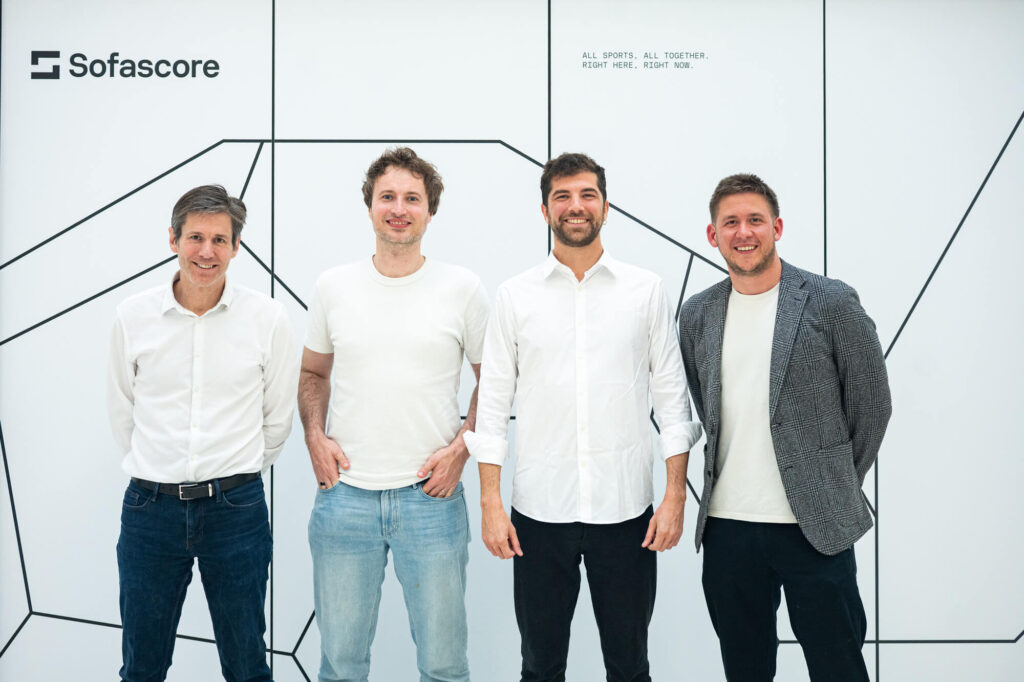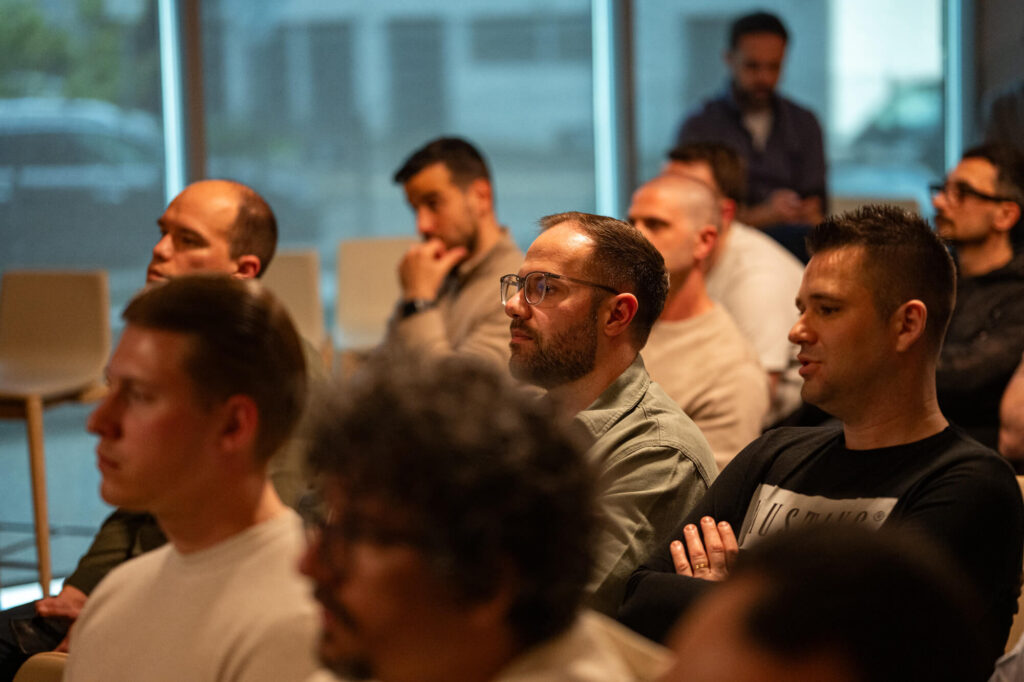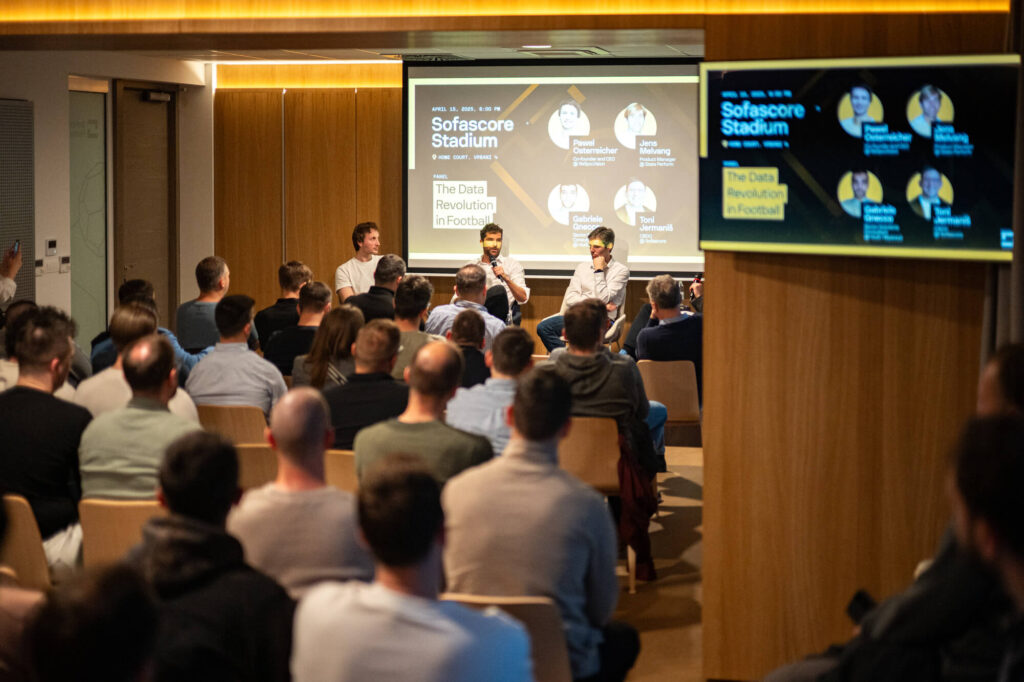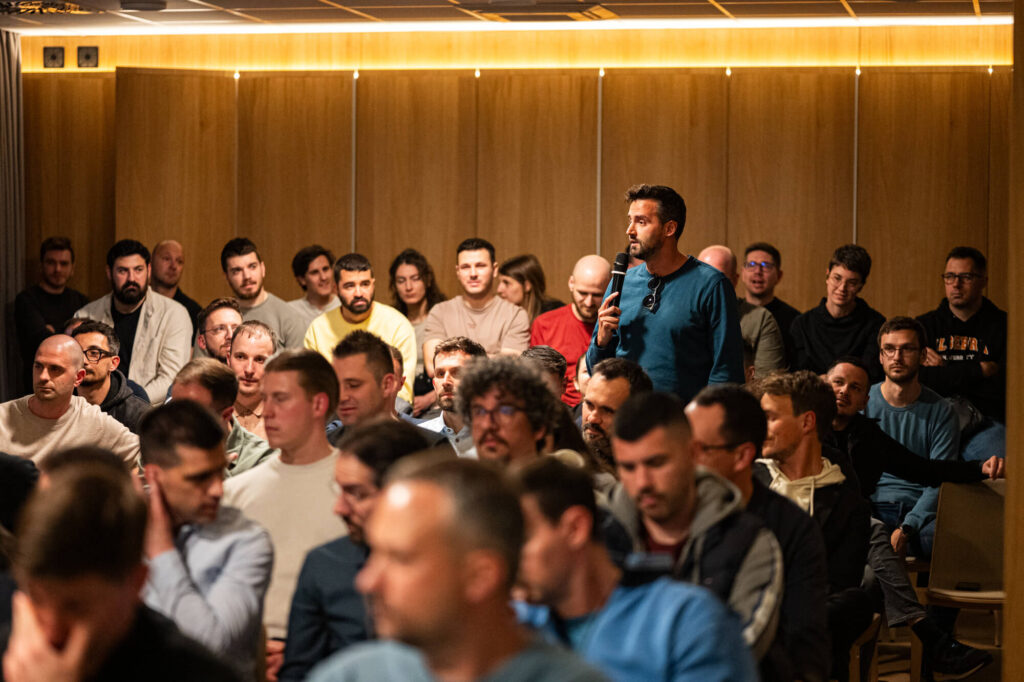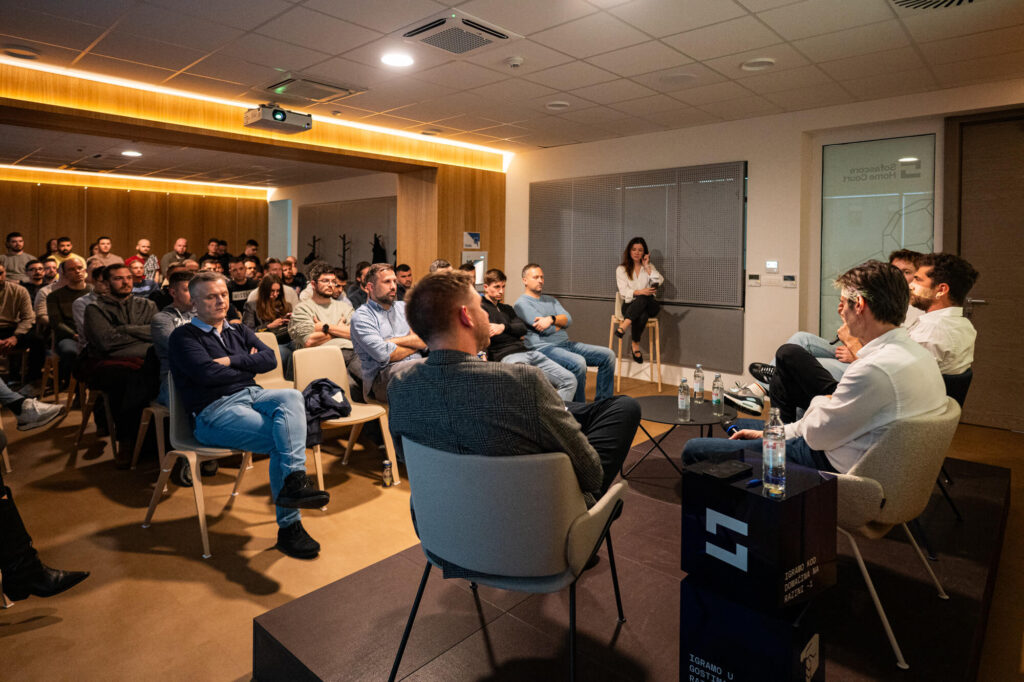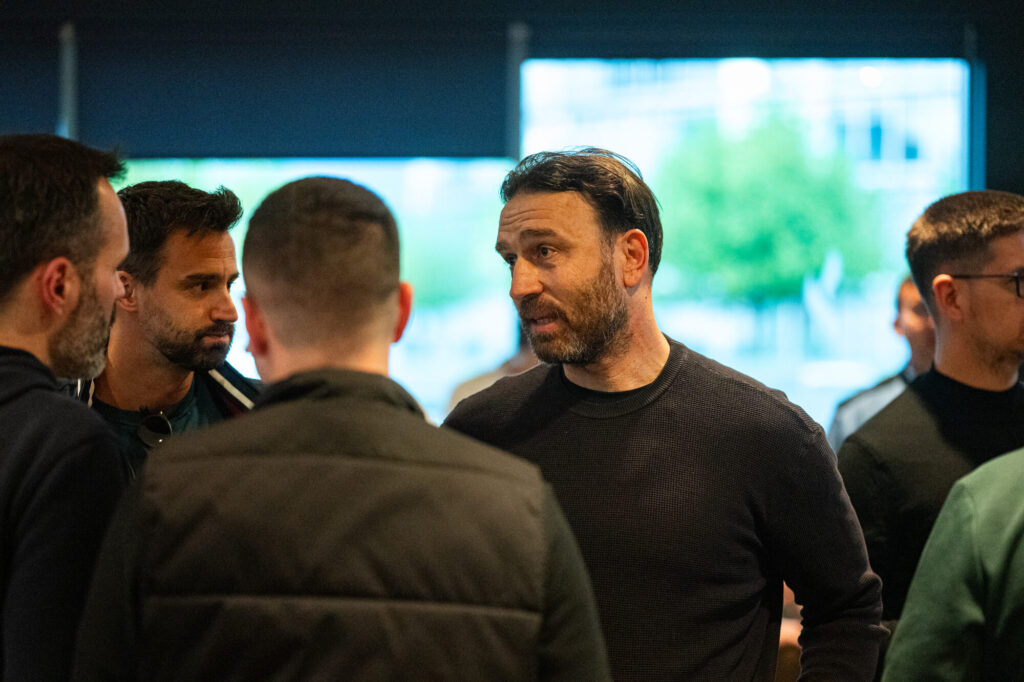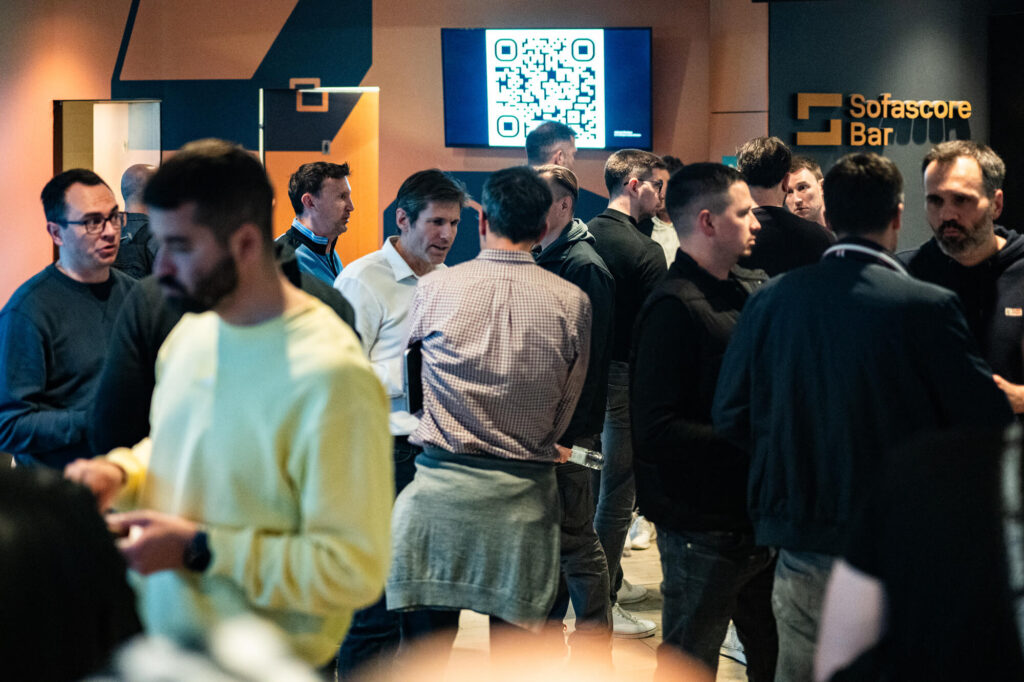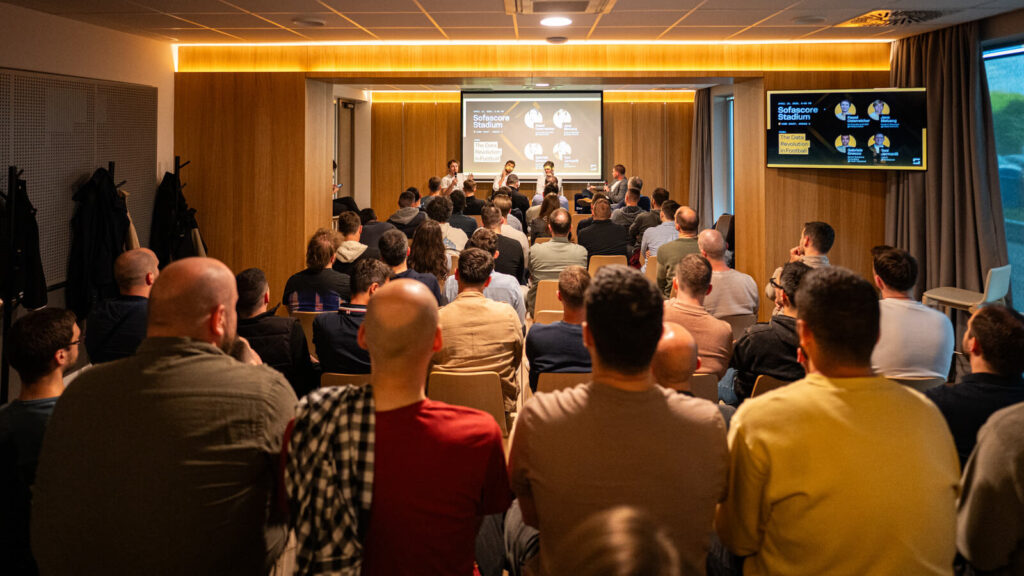At Sofascore’s latest Stadium Meetup in Zagreb, some of the biggest names in football data gathered to discuss a topic that’s reshaping how we play, watch, and talk about the game: the rise of data in modern football. The panel—made up of Pawel Osterreicher (ReSpo.Vision), Jens Melvang (Stats Perform), Gabriele Gnecco (Wyscout), and moderated by Toni Jermaniš (Sofascore)—discussed the evolution of football intelligence from multiple angles: scouting, match preparation, fan experience, and coaching culture.
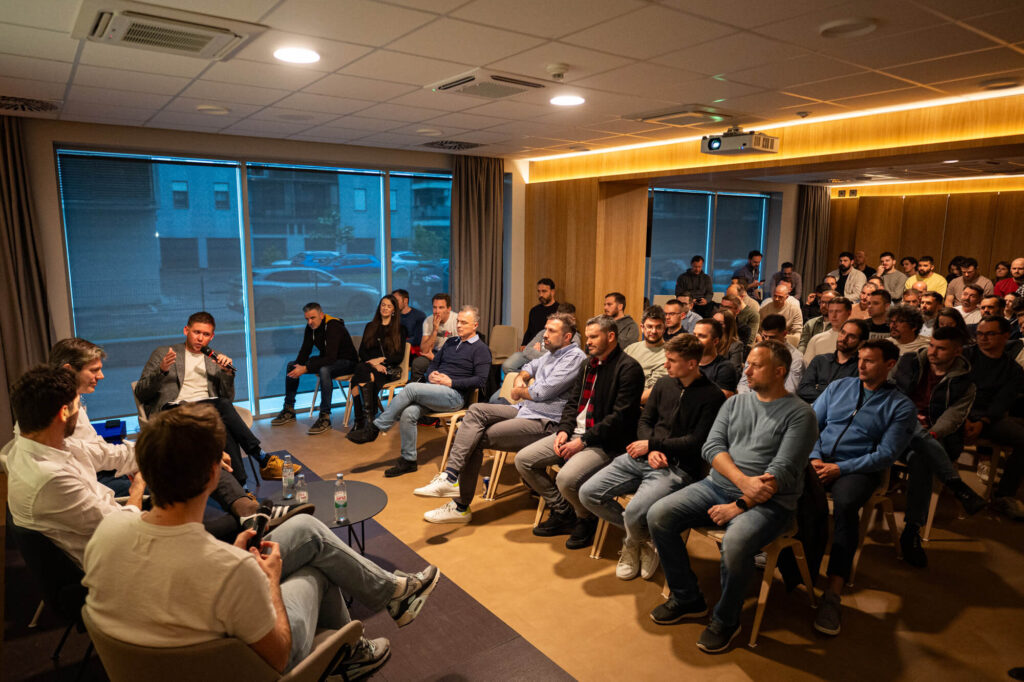
And while the word revolution was in the title, one speaker quickly offered a correction.
“It’s not a revolution—it’s an evolution,” said Pawel Osterreicher. “We underestimate how far we’ve come. Five years ago, digital tools in sport were much less developed. But every day now, there’s a new breakthrough.”
Football’s Digital Shift: From Clubs to Kids
Back in the early 2000s, most clubs barely touched statistical insights. But today, according to Jens Melvang, a former professional player himself, data is part of nearly every decision on and off the pitch.
“When I played, there was no data. Now, players are trained with it from the academy level. Even parents in the US pay to access their kids’ match reports,” Melvang said. “It’s built into the way young players develop.”
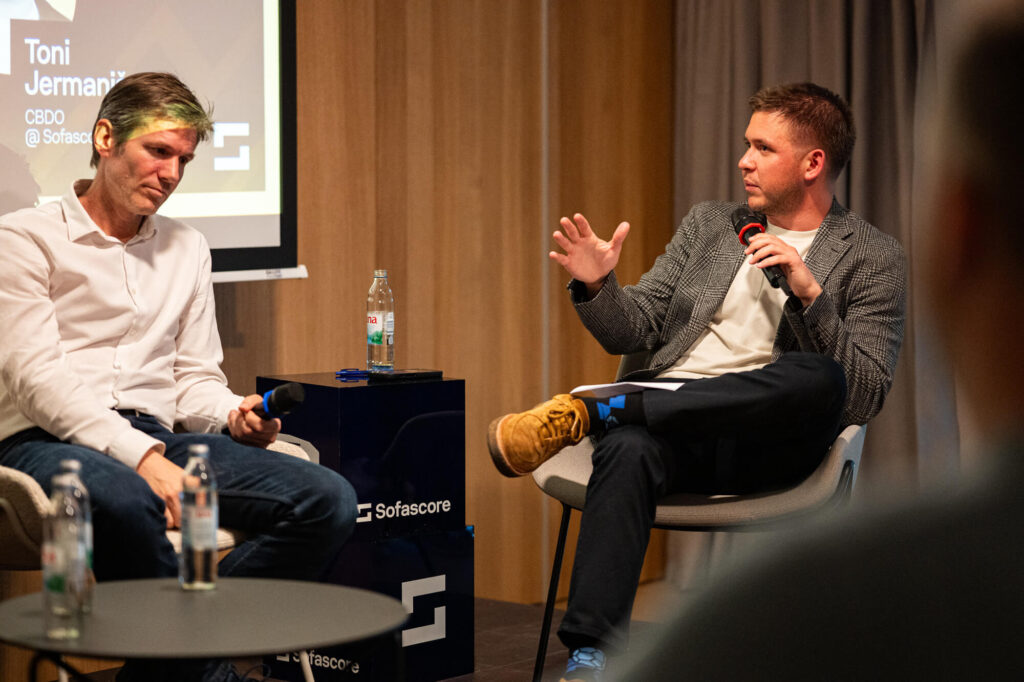
This youth-first approach is changing how clubs scout, train, and plan long-term. Gabriele Gnecco added that the smartest clubs are now applying the same level of data coverage to youth squads as they do to first teams, helping benchmark growth, performance, and potential.
“Before, you trained players to fit into a 4-3-3 system. Now, you invest in data to help the player—and the club—get the most out of their development. You’re preparing them for the long run,” said Gnecco.
From Poland’s Second Division to Real Madrid (Almost)
Osterreicher also shared a case from the Polish second division, where a club’s performance dipped after cutting ties with ReSpo.Vision.
“They stopped working with us—and they finished with fewer points. When they worked with us, they were performing much better, even had great cup results,” he recalled.
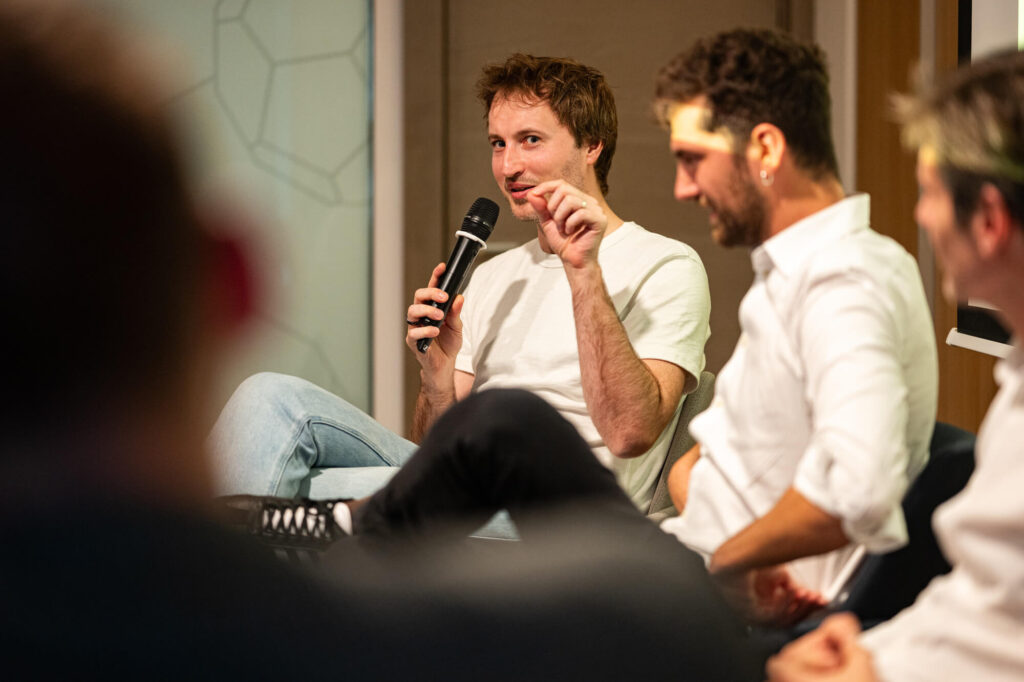
But the biggest clubs still present unique challenges. When pitching advanced analytics to Real Madrid, Osterreicher ran into a familiar name: Carlo Ancelotti.
“Everything we showed was good. But the problem is… he’s Ancelotti. He’s won two Champions Leagues. He doesn’t need data at that level.”
And that’s where the next battle lies—not in collecting more data, but in communicating it better.
“You can have the best data in the world, but if all you tell the coach is ‘the computer says so,’ it won’t work,” Melvang emphasized. “You need to show how it helps the team.”
Efficiency, Entertainment, and the Era of AI
The panel also explored how data is streamlining football operations. Old-school scouting methods—like driving across the country every weekend—are slowly being replaced by smarter systems.
“We worked with a club where the sporting director still had scouts at every game. We helped them focus on key players, analyze better, and improve efficiency,” Gnecco said.
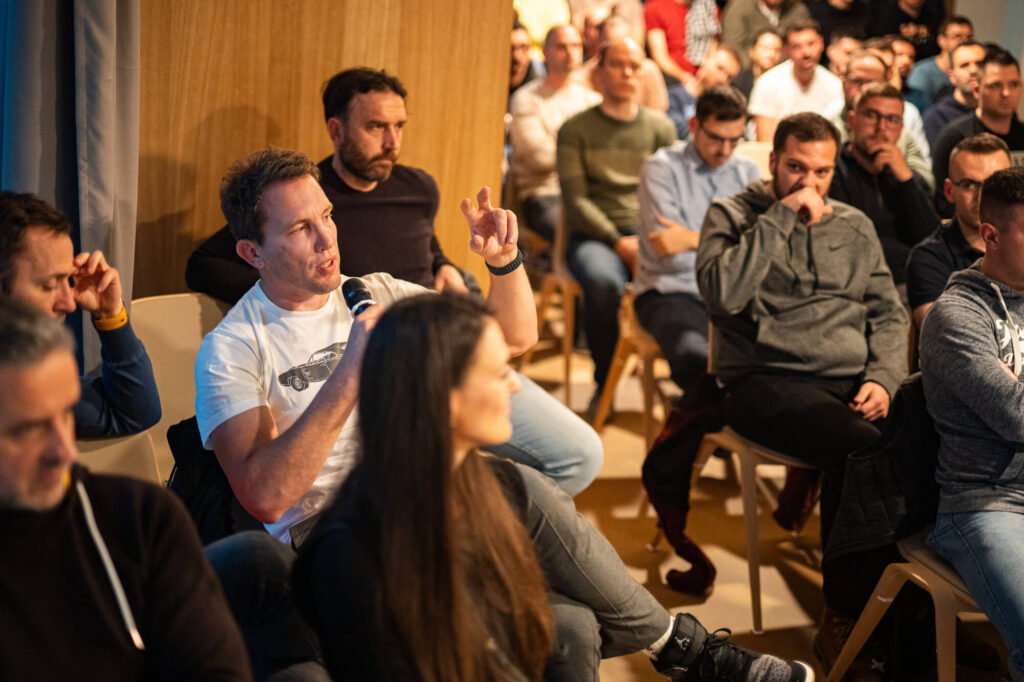
This digital shift also fuels entertainment. From more direct pundit analysis on TV to fans using platforms like Sofascore to understand key metrics mid-match, the game is becoming richer in context.
And the future? Osterreicher believes that AI is on the brink of understanding football like a competent human, with the ability to scale its insights across leagues and continents. That, he says, could even make football more predictable.
“Right now, you can have 22 shots and still lose to a team with two. In the future, clubs will use data to improve those odds—and outcomes will shift.”
The Next Frontier: Psychology and Live Insights
One part of the game still out of reach is the mental side. Leadership, emotion, decision-making under pressure—those remain tricky to measure.
“There’s no way to read brain waves yet. That’s probably the next revolution,” Gnecco said. “Until then, it’s still a mystery.”
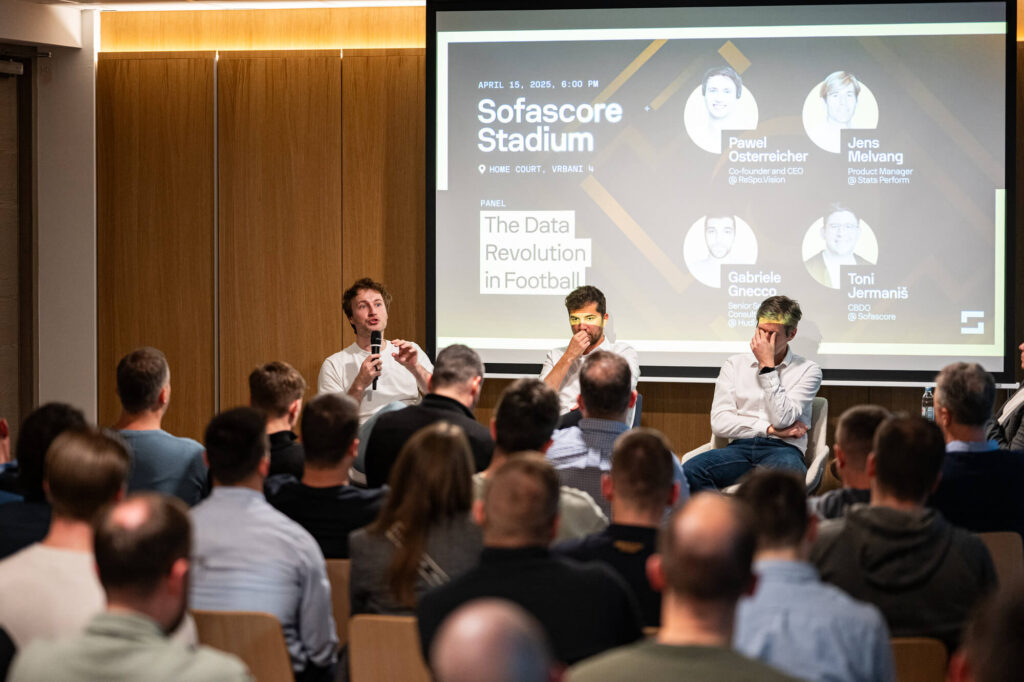
Still, the panel agreed that we’re only scratching the surface. With live match data already used by coaches—with a short 2-4 minute delay—real-time tactical decisions are more informed than ever.
As clubs push for every edge possible, fans are following close behind—armed with the same data that used to live behind training ground doors. Platforms like Sofascore are making these insights accessible, reliable, and part of the everyday football experience.
The game may always be unpredictable, but one thing is clear: the age of guesswork is over. The data revolution isn’t coming—it’s here and it’s shaping football as we know it.
About Sofascore Stadium Meetups
Sofascore Stadium Meetups are exclusive gatherings designed for sports enthusiasts, industry professionals, and digital innovators to exchange insights on the latest trends in sports technology, marketing, and fan engagement.
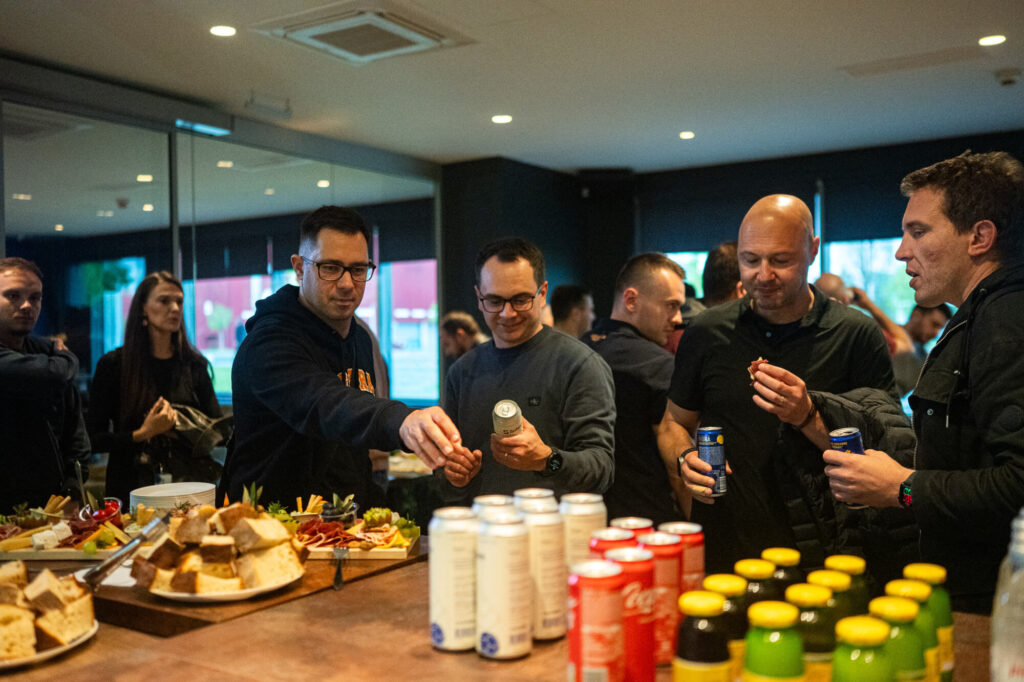
Each event brings together experts, creators, and decision-makers to discuss real-world strategies and innovations shaping the sports industry. Whether it’s exploring influencer marketing, data analytics, or emerging technologies, Sofascore Stadium Meetups offer a unique space for networking, learning, and staying ahead in the fast-evolving world of sports.
Check out the photo gallery:
